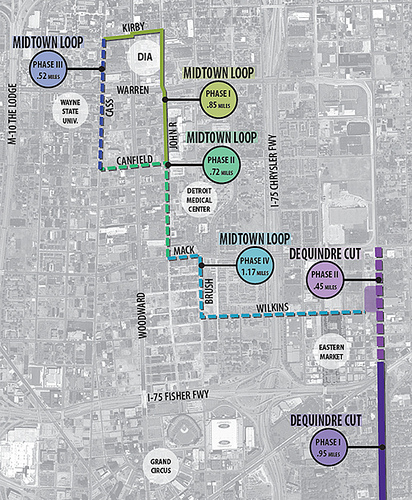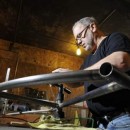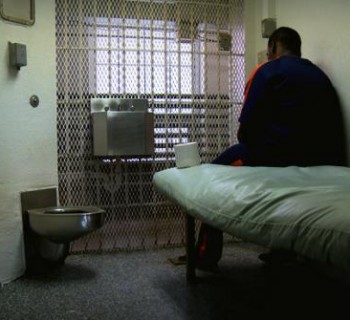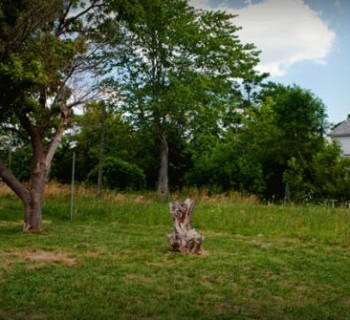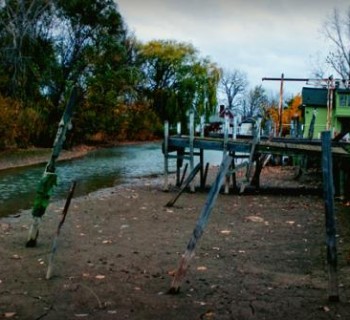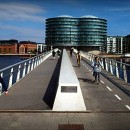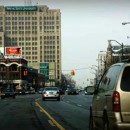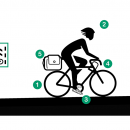DETROIT—On Nov. 2, 2012, the City of Detroit exercised an agreement to formally purchase .45 miles of railroad corridor for the purpose of extending the Dequindre Cut north to Mack Avenue at Eastern Market.
Lauded by residents and officials nationwide as a leader in greenway design and urban rail corridor revitalization, this purchase signifies the beginning of the second phase of development of the Dequindre Cut.
Funding for the $500,000 purchase was obtained through a grant from the Community Foundation for Southeast Michigan.
The first phase, which cleaned up trash, dangerous debris and paved a 1.3 mile pedestrian and cyclist path through the abandoned railway, was completed in 2009.
Jose Abraham, who is deputy director for the Detroit Department of Public Works, is coordinating the four-phase project known as the Link Detroit! Multimodal Enhancement Plan.
"The Dequindre Cut is one of two projects of its kind in the whole nation," Abraham says. "Once phase four is completed, it will take a pedestrian from [Midtown] all the way to Eastern Market and the Riverwalk."
Link Detroit! was recently awarded a $10 million grant from the fourth round of Transportation Investment Generating Economic Recovery grants, a federally funded program for transportation enhancements for road, rail, transit and port projects nationwide.
The TIGER IV funds will also be used for infrastructure improvements like bridge reconstruction over the Cut and streetscape improvements in Eastern Market.
Linking Detroit
The Link Detroit! proposal leverages many existing greenways projects and seeks to achieve a number of goals through connecting the growing number of cyclist and pedestrian paths.
Those goals include:
- Improving multi-modal transportation options to employment centers and strategic destinations
- Improving non-motorized connections by linking core investments like the RiverWalk and the Cut with the Midtown Loop and Hamtramck Trail
- Strengthening Eastern Market as a district by enhancing functionality of existing amenities
- Taking advantage of the economic development opportunities between the market and Midtown
- Incorporating sustainable practices in city infrastructure
- Promoting mixed-use developments
- Cultivating a unique sense of place by improving corridors inside vital districts
Abrahams says planning and design for this phase are underway and "substantial construction projects" should be completed by November 2014.
CFSEM's GreenWays Initiative was developed to enable collaboration for environmental awareness in southeast Michigan. It was launched in 2001 a a comprehensive effort aimed at enhancing the region's landscape and seeks to link communities, resources and people while protecting and promoting the health of the state's communities.



